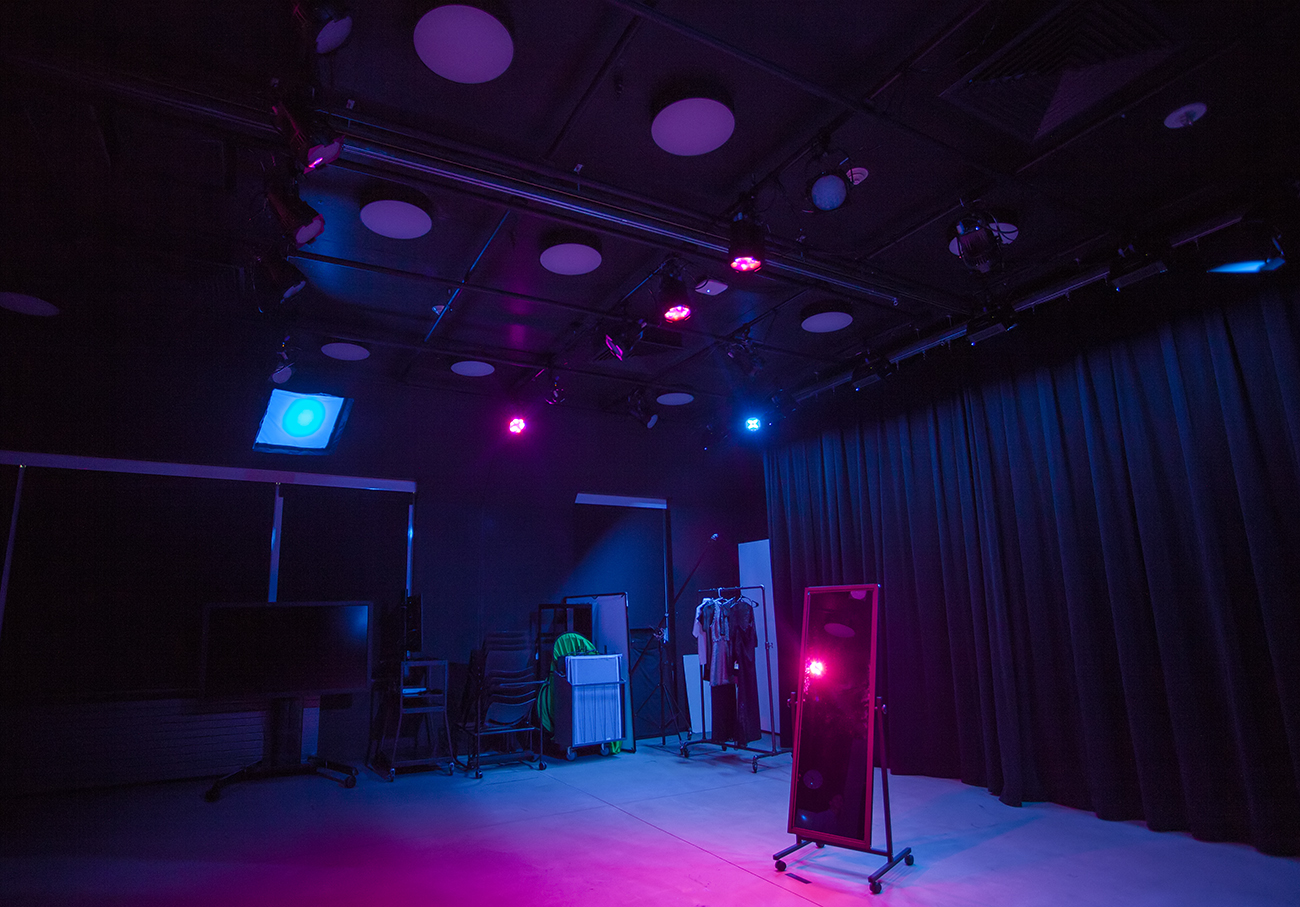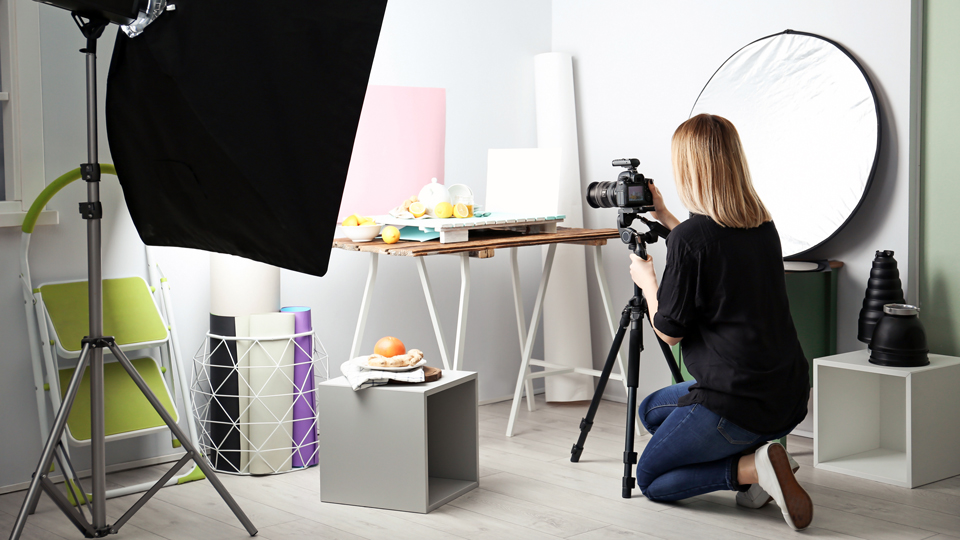How to Use Photography Lighting Equipment in Big Terrific Ways?
When it comes to mastering the art of photography, one of the essential skills every professional photographer must possess is knowing how to use photography lighting equipment effectively. Lighting can significantly alter the mood, feel, and quality of an image. Therefore, understanding how to manipulate light directs your creativity and enhances your portfolio.
Whether you are shooting in a studio or on-location, the right lighting setup can make or break your shot. In this article, we will delve into various types of lighting equipment, techniques for utilizing them, and tips for achieving the best results.

Types of Photography Lighting Equipment
1. Continuous Lights
Continuous lights are preferable for many photographers because they provide a constant source of illumination. This allows artists to see how the light interacts with the subject in real-time, making adjustments seamless. Models of continuous lights like LED panels, fluorescent bulbs, and tungsten lamps are versatile and can be used for both video and still photography.
2. Flash Units
Flash units are indispensable in professional photography. They deliver a powerful burst of light, which can fill shadows and enhance the overall quality of your images. There are two main categories: Speedlights and studio strobes. Speedlights are portable and usually battery-operated, while studio strobes provide more powerful and consistent outputideal for studio settings.
3. Softboxes and Umbrellas
Using modifiers like softboxes and umbrellas is crucial to diffuse and soften harsh light. They help create an even lighting pattern on your subject, enhancing its appearance without creating stark shadows. Understanding lighting techniques for different scenarios will make you a more versatile photographer.

Establishing the Right Lighting Setup
Understanding the Lighting Triangle
The lighting triangle consists of three elements: Key Light, Fill Light, and Back Light. The combination and balance of these lights create a three-dimensional effect in your images. The key light is your primary light source, fill light reduces shadows, and backlight separates the subject from the background.
Using Natural Light Alongside Artificial Light
As a professional photographer, utilizing natural light can enhance your overall shot. Evaluating the time of day is critical; the golden hour often yields flattering natural light, giving you an unmissable warm glow. By combining natural light with your artificial setup, you create a *remarkable* and balanced shot.

Important Tips for Using Photography Lighting Equipment
1. Test Your Setup
Perform test shots to evaluate how your lighting setup affects the final image. Adjust your equipment until you achieve your desired effect.
2. Understand Your Equipment
Before you shoot, familiarize yourself with the equipment you are using. Knowing potential limitations will help you make necessary adjustments on the fly.
3. Analyze Your Subject
Always consider your subjects characteristicsits shape, color, and textureand adapt your lighting setup accordingly.

Saving Time in Post-Production
Mastering the use of lighting equipment can substantially reduce your post-production editing time. When you control light effectively, you may find that you need fewer corrections and adjustments to achieve professional-quality results.
Conclusion
Understanding how to use photography lighting equipment is an ongoing journey. The more you practice, the more knowledge you will gain, enhancing your overall skill set as a professional photographer. With the right equipment and techniques at your disposal, your work can achieve remarkable results.
FAQs
1. What are the main types of lighting for photography?
The main types of lighting include continuous lights, flash units, and modifiers like softboxes and umbrellas.
2. How important is lighting in photography?
Lighting is one of the most critical aspects of photography, affecting the mood and quality of an image dramatically.
3. What is the best lighting setup for portraits?
A common and effective lighting setup for portraits includes using a key light, a fill light, and a background light to add depth.
As an Amazon Associate, I earn from qualifying purchases.

